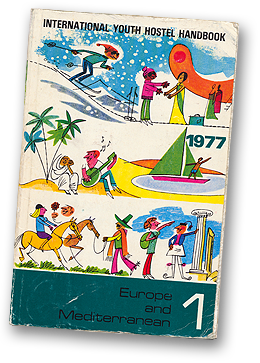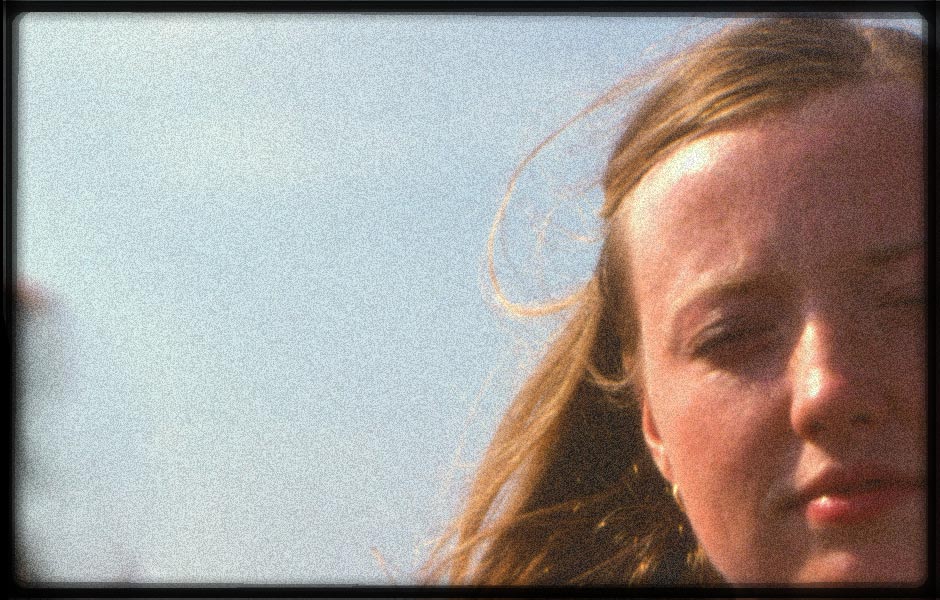 In the book, Carensa stays mostly in Youth Hostels which she finds through her trusty little guide to hostels in Europe. They were (and are) a great alternative for budget travelers. Almost every city in Europe has one. Depending on the country, there may be an upper age limit (they are for young people after all) and membership in the International Youth Hostel Federation may be required.
In the book, Carensa stays mostly in Youth Hostels which she finds through her trusty little guide to hostels in Europe. They were (and are) a great alternative for budget travelers. Almost every city in Europe has one. Depending on the country, there may be an upper age limit (they are for young people after all) and membership in the International Youth Hostel Federation may be required.
In the 1970s, hostels were popular both with with individual hikers and traveling school classes. Some hostels were in big cities and had 100s of beds, others were tiny in rural or semi-rural settings. For the most part accommodations were basic, with separate dorms for guys and girls. Generally the hostel served breakfast and dinner and often had a kitchen where you could cook your own as well. The hostel might close during the day (potential bummer on a rainy day). But they did provide a bed (BYO sheets), a place to get a shower (most with hot water) and somewhere to park your backpack.
There were also common areas where you could hang out and make new friends. I have fond memories of late night conversations in many a hostel, although nothing quite matches sitting on the balcony of the Mountain Hostel in Gimmelwald, Switzerland, as the day ends and the gorgeous panorama of the valley slowly disappears into dusk and then blackness.
If you are looking for information on hostels today, this is a good place to start: Hostelling International
Many hostels now have websites, so you can get information and maybe even make reservations online.


